Citizenship United States Role Mathematician Nationality american | Doctoral advisor C. R. Rao Fields Mathematics Name S. Srinivasa | |
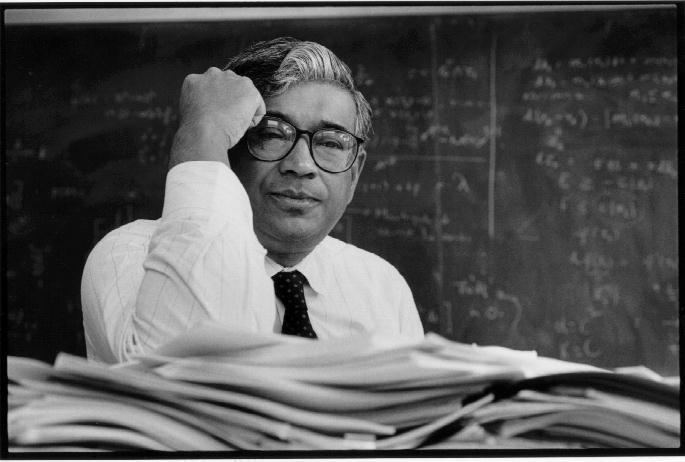 | ||
Alma mater University of MadrasIndian Statistical Institute Doctoral students Peter FrizJeremy Quastel Notable awards National Medal of Science (2010)Padma Bhushan (2008)Abel Prize (2007)Steele Prize (1996)Birkhoff Prize (1994) Books Collected Papers of SRS Va, Collected Papers II: PDE - SD, Stochastic processes, Collected Papers III: Large De, Collected Papers I: Limit The Similar People Daniel W Stroock, Niels Henrik Abel, C R Rao, Jeremy Quastel, Rajendra Bhatia | ||
Residence United States of America | ||
S. R. Srinivasa Varadhan | Wikipedia audio article
Sathamangalam Ranga Iyengar Srinivasa Varadhan FRS (born 2 January 1940) is an Indian American mathematician who is known for his fundamental contributions to probability theory and in particular for creating a unified theory of large deviations.
Contents
- S R Srinivasa Varadhan Wikipedia audio article
- Early life and education
- Awards and honours
- Selected publications
- References
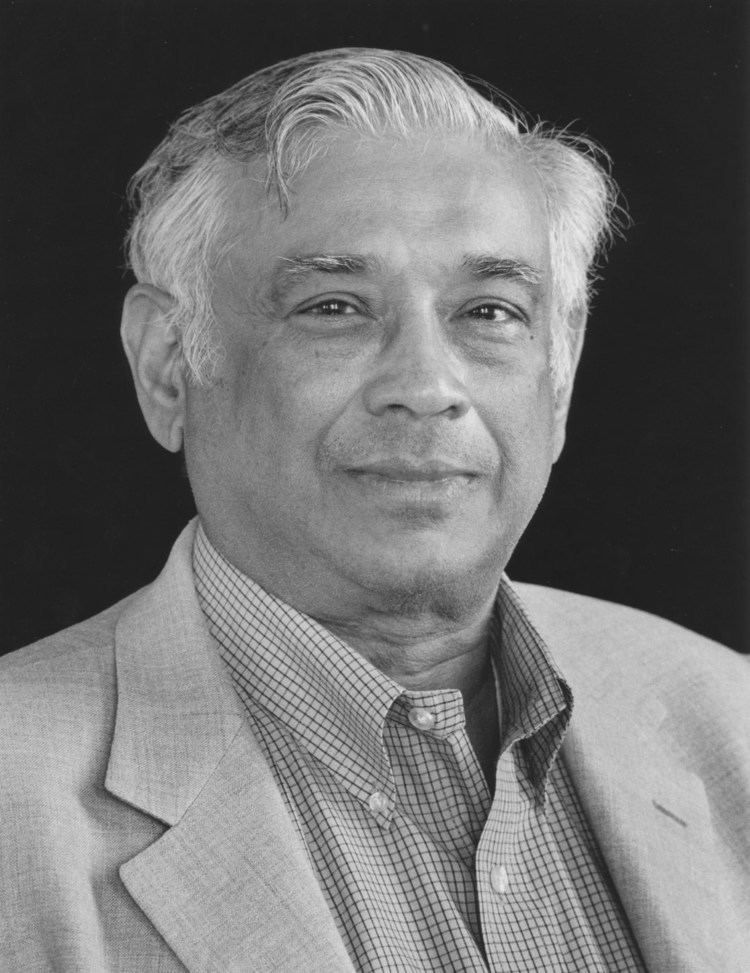
Early life and education
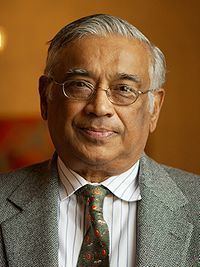
Srinivasa was born in Chennai (then Madras) in 1940. Varadhan received his under-graduate degree in 1959 from Presidency College, Madras, and then moved to the Indian Statistical Institute in Kolkata. He was one of the "famous four" (the others were R Ranga Rao, K R Parthasarathy, and Veeravalli S Varadarajan) in ISI during 1956–1963. He received his doctorate from ISI in 1963 under C R Rao, who arranged for Andrey Kolmogorov to be present at Varadhan's thesis defence. Since 1963, he has worked at the Courant Institute of Mathematical Sciences at New York University, where he was at first a postdoctoral fellow (1963–66), strongly recommended by Monroe D Donsker. Here he met Daniel Stroock, who became a close colleague and co-author. In an article in the Notices of the American Mathematical Society, Stroock recalls these early years:
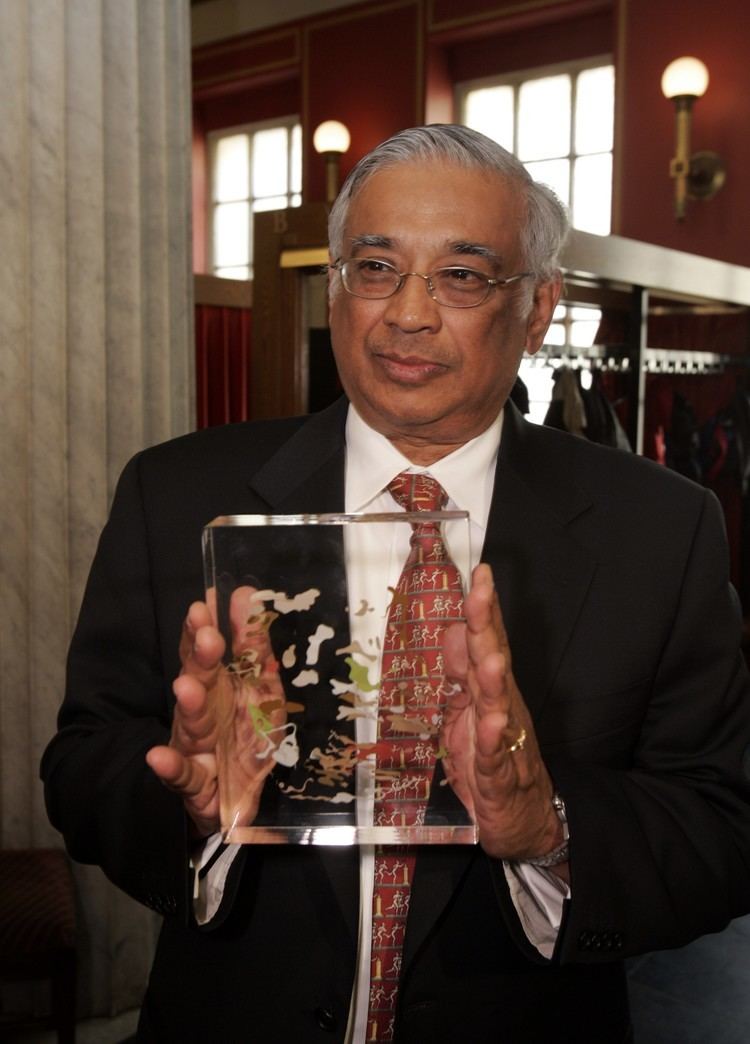
Varadhan, whom everyone calls Raghu, came to these shores from his native India in the fall of 1963. He arrived by plane at Idlewild Airport and proceeded to Manhattan by bus. His destination was that famous institution with the modest name, The Courant Institute of Mathematical Sciences, where he had been given a postdoctoral fellowship. Varadhan was assigned to one of the many windowless offices in the Courant building, which used to be a hat factory. Yet despite the somewhat humble surroundings, from these offices flowed a remarkably large fraction of the post-war mathematics of which America is justly proud.

Varadhan is currently a professor at the Courant Institute. He is known for his work with Daniel W Stroock on diffusion processes, and for his work on large deviations with Monroe D Donsker.
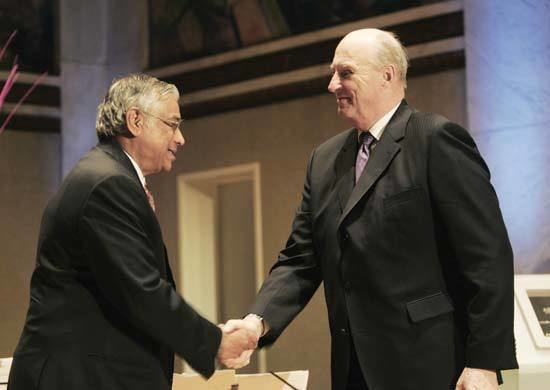
Varadhan is married to Vasundra Varadhan who is also an academic (in media studies in the Gallatin School of Individualised Study). They had two sons, one of whom died in the September 11 attacks in 2001. The other, Ashok Varadhan, is an executive at Goldman Sachs in New York City.
Awards and honours
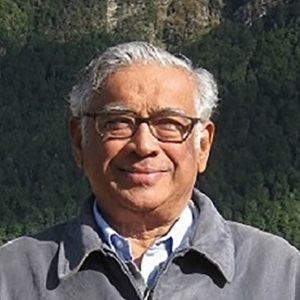
Varadhan's awards and honours include the National Medal of Science (2010) from President Barack Obama, "the highest honour bestowed by the United States government on scientists, engineers and inventors". He received also the Birkhoff Prize (1994), the Margaret and Herman Sokol Award of the Faculty of Arts and Sciences, New York University (1995), and the Leroy P Steele Prize for Seminal Contribution to Research (1996) from the American Mathematical Society, awarded for his work with Daniel W Stroock on diffusion processes. He was awarded the Abel Prize in 2007 for his work on large deviations with Monroe D Donsker. In 2008, the Government of India awarded him the Padma Bhushan. He also has two honorary degrees from Université Pierre et Marie Curie in Paris (2003) and from Indian Statistical Institute in Kolkata, India (2004).
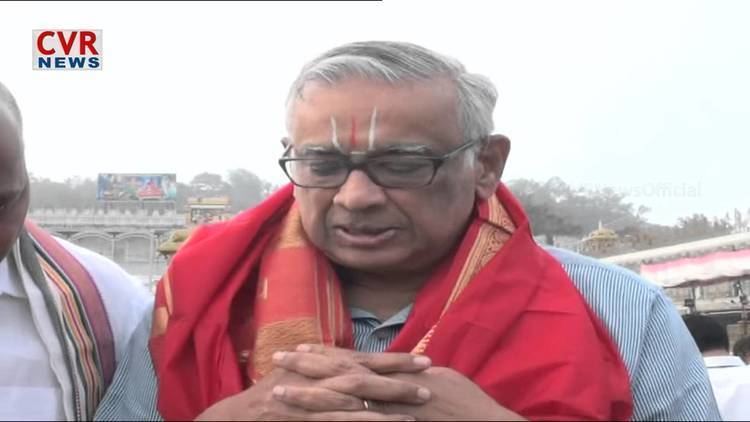
Varadhan is a member of the US National Academy of Sciences (1995), and the Norwegian Academy of Science and Letters (2009). He was elected to Fellow of the American Academy of Arts and Sciences (1988), the Third World Academy of Sciences (1988), the Institute of Mathematical Statistics (1991), the Royal Society (1998), the Indian Academy of Sciences (2004), the Society for Industrial and Applied Mathematics (2009), and the American Mathematical Society (2012).
